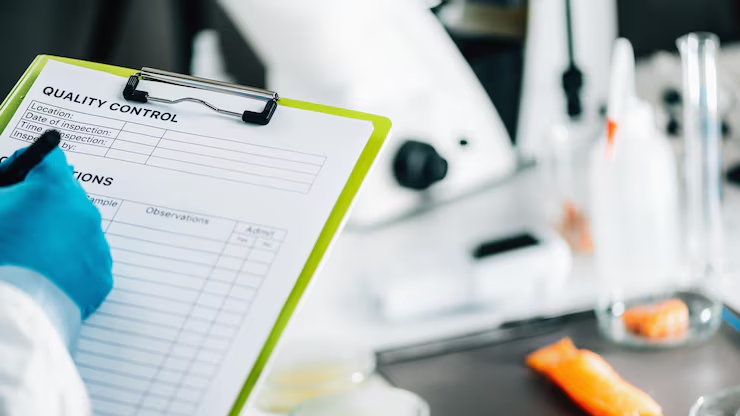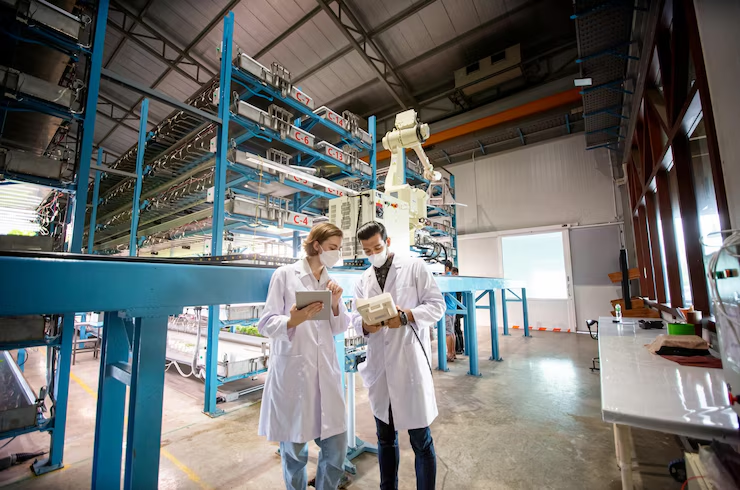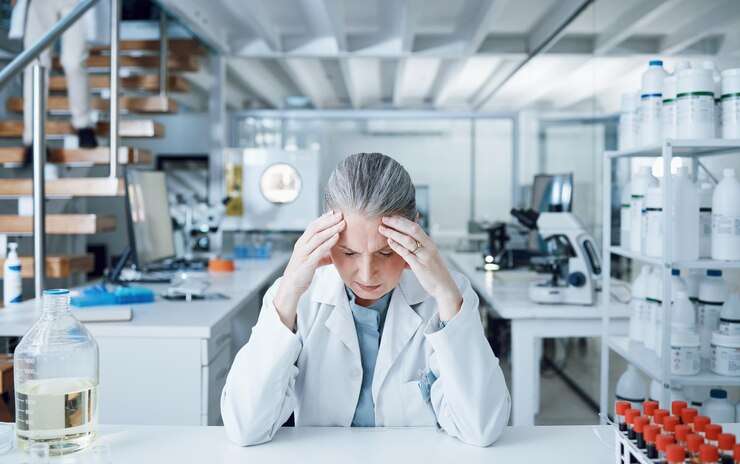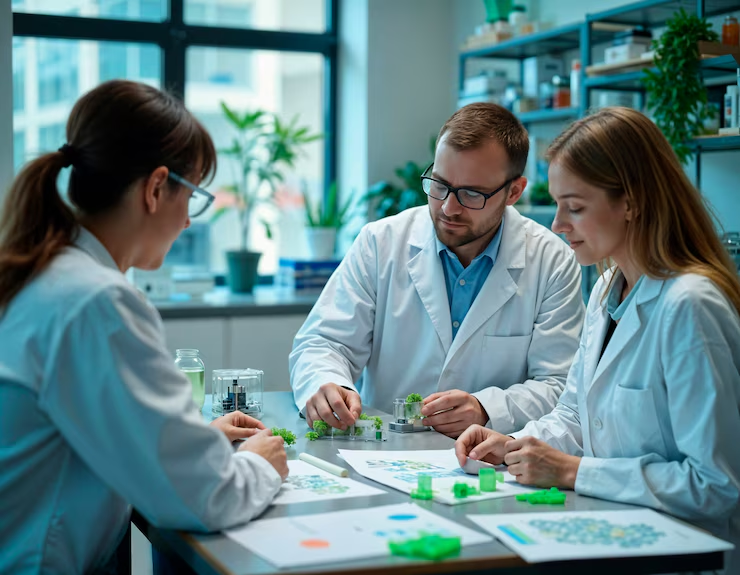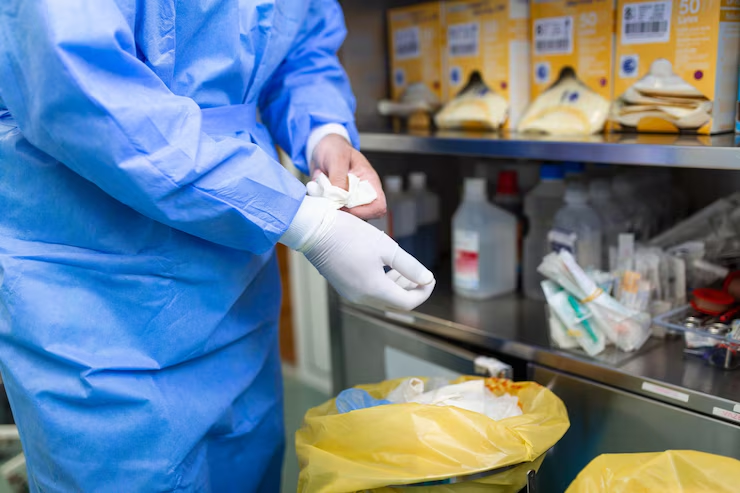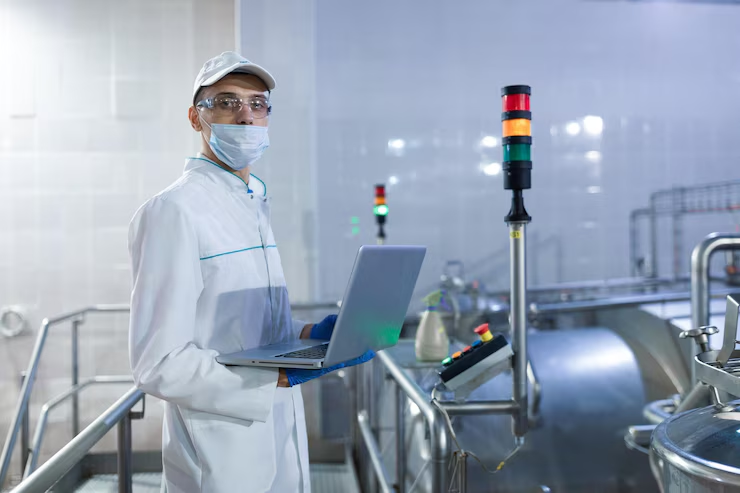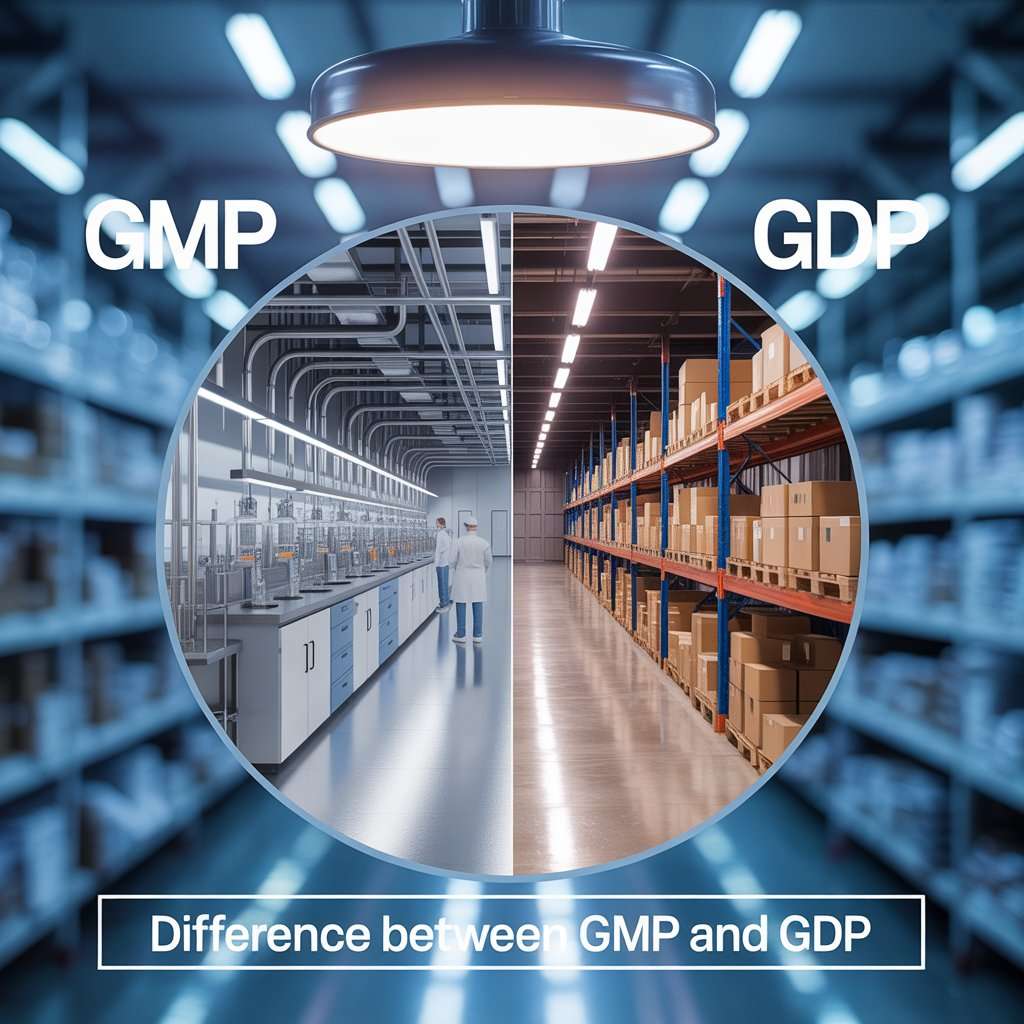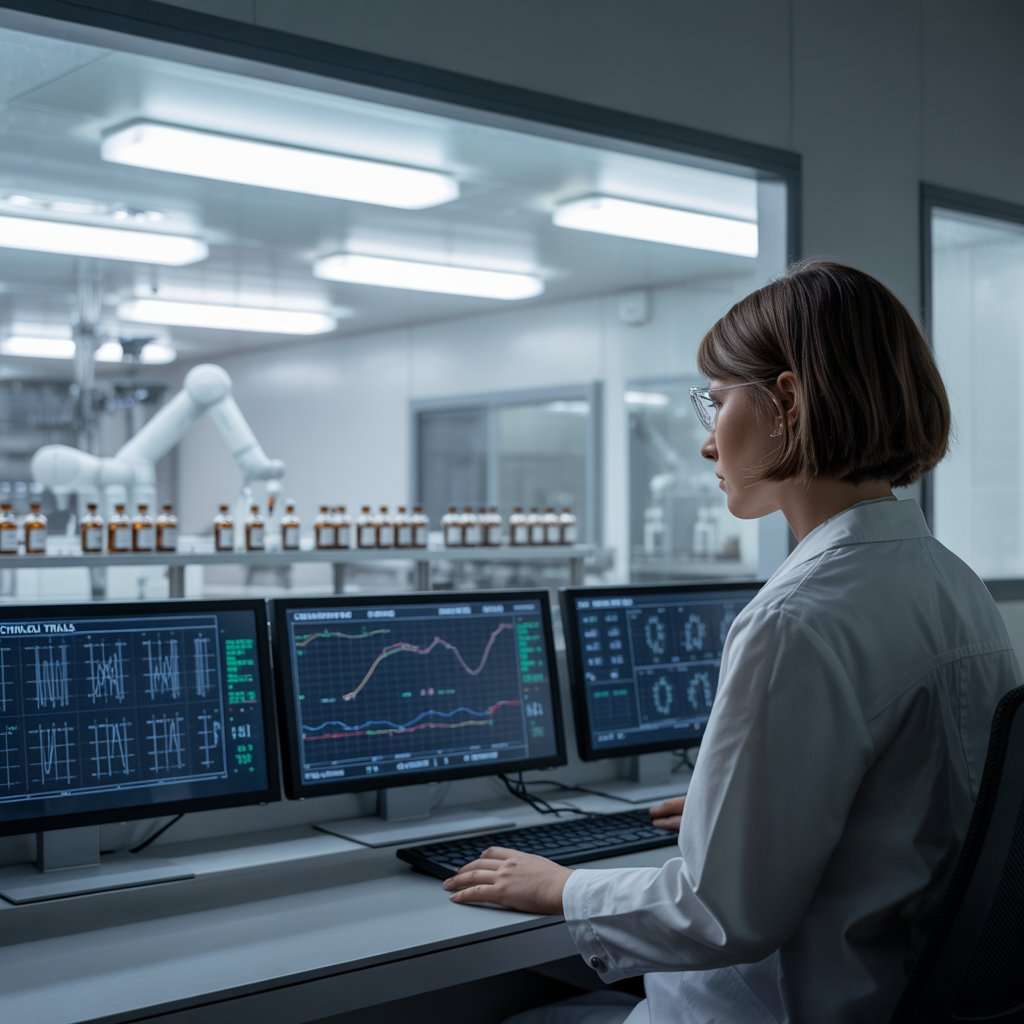Why Documentation Is Backbone of GMP Compliance
If you’re involved in pharmaceutical manufacturing, you already know that regulatory compliance isn’t just a checkbox — it’s the foundation of your business’s credibility and license to operate. But what truly underpins your ability to comply with global Good Manufacturing Practices (GMP)? The answer: robust documentation. Without well-structured, accurate, and accessible documentation, even the most advanced pharmaceutical plants can fall short of GMP compliance. In this post, you’ll learn why documentation plays a critical role in compliance, how it affects turnkey projects, and what standards you must meet in India and globally. You’ll also get actionable insights from top pharmaceutical consultants on setting up compliant systems from the ground up. What Is GMP Compliance and Why Does Documentation Matter? GMP (Good Manufacturing Practices) ensures that pharmaceutical products are consistently produced and controlled according to quality standards. Documentation is the evidence trail that proves your operations meet these rigorous standards. Here’s why it’s non-negotiable: When planning GMP Compliance Turnkey Projects, documentation becomes the thread that ties together facility design, process workflows, and equipment validation — making it one of the first things auditors check. Core Documentation Types in GMP Compliance To achieve full GMP documentation requirements for pharma, you need to master several types of records and documents: 1. Standard Operating Procedures (SOPs) SOPs define how to perform routine operations correctly. Without SOPs, even a small misstep can trigger non-compliance. 2. Validation Documents From process validation to cleaning protocols, this paperwork proves that your systems do what they’re supposed to do — consistently. 3. Batch Manufacturing Records (BMRs) These documents offer a full snapshot of how each product batch was manufactured, packaged, and tested. 4. Equipment Logs and Maintenance Records Keeping logs ensures that your machines are always in GMP-ready condition. Whether you’re working with cGMP documentation for pharma plants or meeting USFDA cGMP documentation requirements, these elements are universal. WHO-GMP and USFDA: Meeting Global Documentation Standards Many Indian pharma manufacturers aim to export to regulated markets. This makes adherence to WHO-GMP documentation services and USFDA standards critical. To stay globally competitive: Engaging cGMP document preparation consultants can ensure every file is inspection-ready, error-free, and aligned with both Indian and international expectations. Challenges in GMP Documentation (and How to Solve Them) Common Roadblocks: Solutions: Why You Need the Right Pharmaceutical Plant Project Consultants Launching a new plant? Or modifying an existing one? Pharmaceutical plant project consultants do more than facility design — they integrate documentation systems into every layer of your operation. They help: If you’re seeking comprehensive GMP support, the best approach is combining technical consulting with expert document planning — right from the pre-construction phase. Internal Process Tip: Documentation in Turnkey Pharma Projects In GMP Compliance Turnkey Projects, documentation starts before construction and continues well beyond operational go-live. Key milestones include: Frequently Asked Questions (FAQ) 1. What are GMP documentation requirements for pharma? They include SOPs, BMRs, validation protocols, equipment logs, and training records. These documents must be current, accessible, and audit-ready. 2. What is the role of documentation in GMP Compliance Turnkey Projects? It integrates compliance into each stage of the project — design, construction, validation, and operation — ensuring the entire setup meets GMP guidelines. 3. How does WHO-GMP documentation differ from USFDA? WHO-GMP offers baseline global standards, while USFDA requirements are more rigorous and specific to the U.S. market, with extra focus on data integrity and process validation. 4. Why hire cGMP document preparation consultants? They reduce the risk of compliance gaps, streamline audits, and help create a scalable, future-proof documentation system. 5. Can digital tools help with GMP documentation? Yes, electronic systems can automate document control, ensure version management, and reduce manual errors — essential for modern pharma operations. Partner With Trusted Pharmaceutical Consultants Today Ready to elevate your documentation to GMP gold standards? Don’t leave it to chance. Contact our team of experienced pharmaceutical consultants today for tailored GMP documentation services that meet WHO, cGMP, and USFDA expectations. Whether you’re planning a new plant or upgrading an existing one, we provide full support — from document preparation to implementation and audit readiness.

